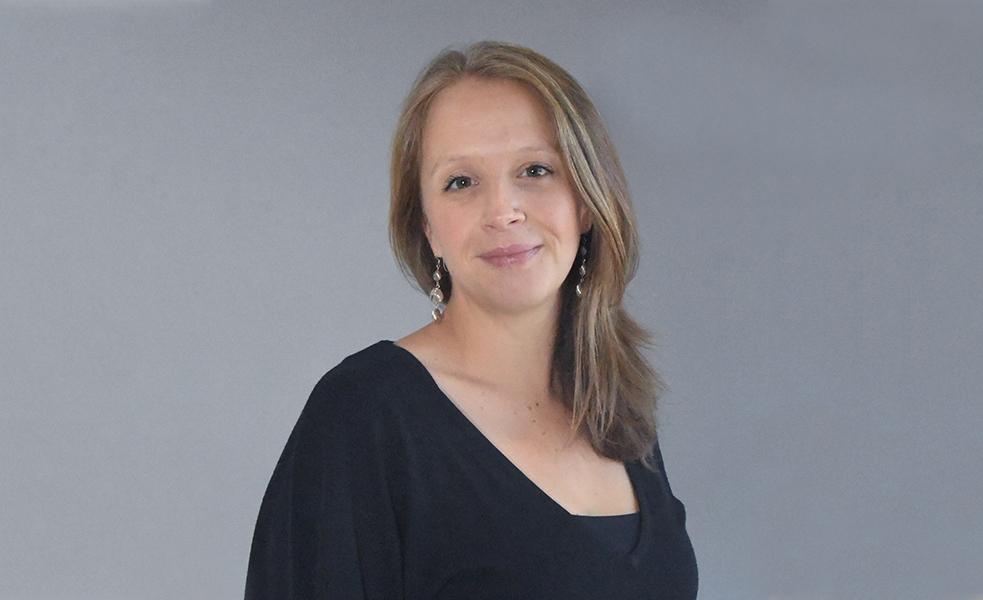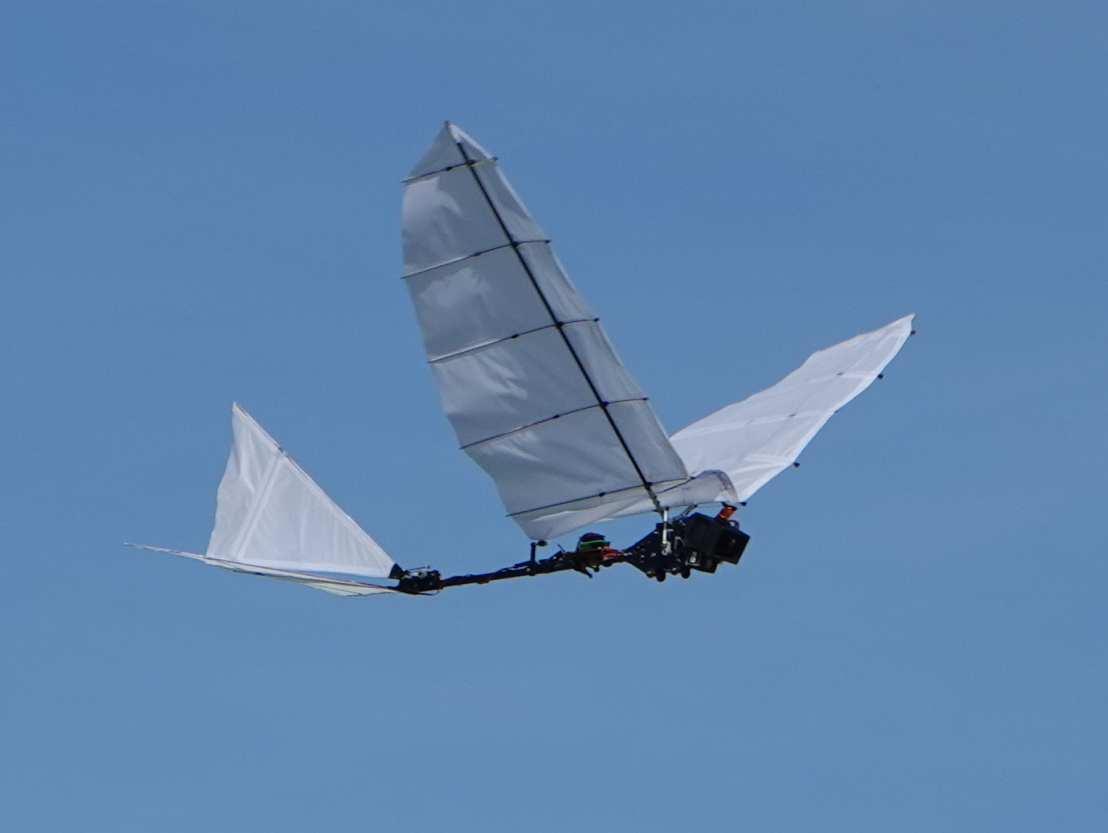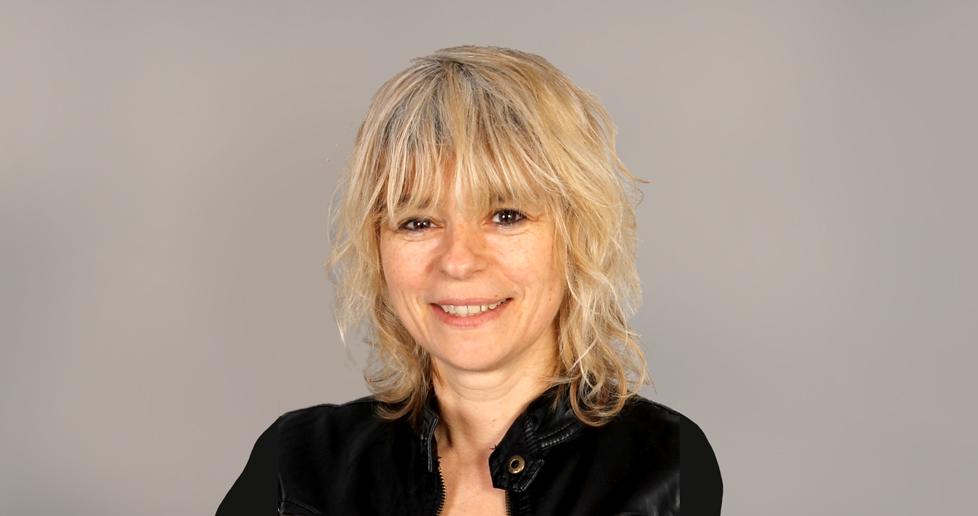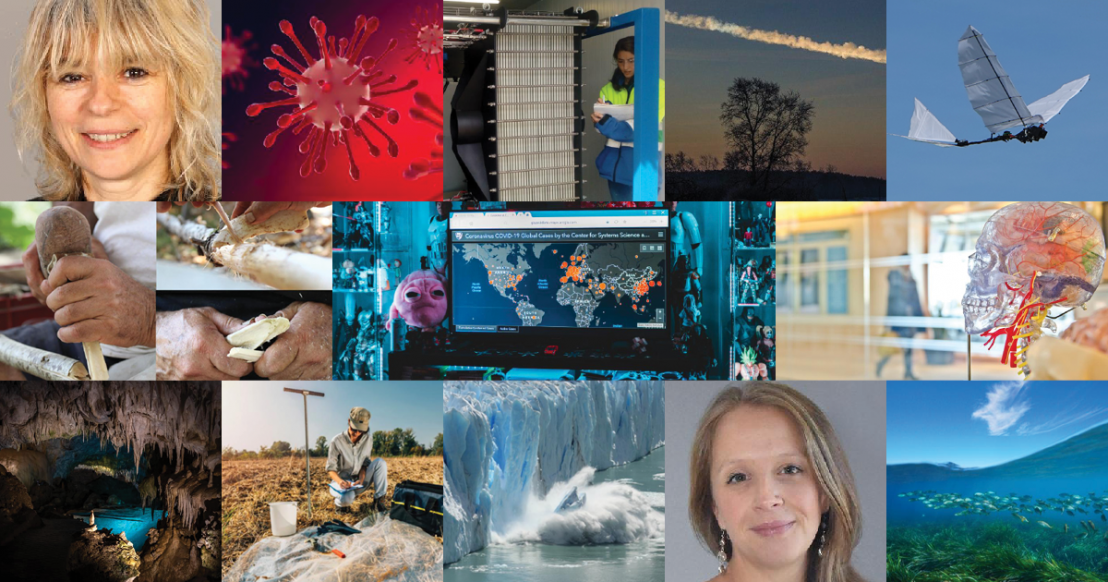From coronavirus to climate change, asteroids and nanorobots, these are some of the stories that made 2021 a year to remember. Take a look at some of the most-read stories we shared this year.
At Horizon we covered more than 150 science news stories over the course of this year. So as the year winds down, we’re taking a look back, putting the spotlight on many of the year’s top science stories. If you have a favourite from one of these stories, let us know by replying here.
LOOKING UP, scientists gazing into the universe used mega telescopes and other sophisticated instruments to come up with quick ways to model, track and categorise how dangerous a Near Earth Object (or NEO) is – such as an asteroid or comet. This would allow them to call it early, even days before a possible collision with Earth.
 It is not uncommon for asteroids to hit Earth. In 2013, the Chelyabinsk meteor exploded over Russia, injuring hundreds. Image credit – Alex Alishevskikh, licensed under CC BY-SA 2.0
It is not uncommon for asteroids to hit Earth. In 2013, the Chelyabinsk meteor exploded over Russia, injuring hundreds. Image credit – Alex Alishevskikh, licensed under CC BY-SA 2.0
But what could they do if they had more info and more time?
2021 was in fact the launch year of an international effort in testing planetary defence systems against potential threats, such as NEOs. Scientists are now working with the European Space Agency (ESA) on the Hera asteroid mission– a multi-year project that will follow on from NASA’s recently-launched DART mission – forensically examining and gauging the impact of NASA deliberately ramming its DART spacecraft into an asteroid’s moon in order to throw the main asteroid off its hypothetical earth-collision course. Don’t worry, it’s an innocent binary asteroid system and isn’t really heading our way.
 ‘Asteroids hold clues about how our solar system formed. Their physical makeup and composition can also help answer the big question of how life emerged’, says Dr Naomi Murdoch, planetary scientist specialised in the geophysical evolution of asteroids at the French aeronautics and space institute ISAE-SUPAERO. Image credit – Naomi Murdoch
‘Asteroids hold clues about how our solar system formed. Their physical makeup and composition can also help answer the big question of how life emerged’, says Dr Naomi Murdoch, planetary scientist specialised in the geophysical evolution of asteroids at the French aeronautics and space institute ISAE-SUPAERO. Image credit – Naomi Murdoch
CLOSER TO EARTH, but still gazing upwards, researchers in Europe also came up with bird-like drones that harness the wind and air currents to fly longer distances. They can now better reach dangerous sites to deliver aid in medical emergencies, for example, or take out disruptive drones.
 The GRIFFIN project is seeking to create prototypes of highly autonomous, ultra-lightweight robot birds. Image credit – GRVC Robotics Lab
The GRIFFIN project is seeking to create prototypes of highly autonomous, ultra-lightweight robot birds. Image credit – GRVC Robotics Lab
BENEATH OUR FEET, scientists sounded the alarm about the state of soils. They developed an app to determine soil health by harnessing remote-sensing technologies – such as the EU’s Copernicus satellite system – along with several on-site techniques to gather information on our fragile ecosystems.
They also developed tools that can map soil erosion, as well as carbon sequestration, and guide us towards regenerative agriculture and greater biodiversity to mitigate climate change.
 Soil test: An agronomist takes notes in the field. Environmental protection, organic soil certification, research © FCC AQUALIA SA
Soil test: An agronomist takes notes in the field. Environmental protection, organic soil certification, research © FCC AQUALIA SA
GAZING OUT TO SEA, researchers harnessed green energy from waves to produce fresh water and found that electro-active bacteria as well as artificial wetlands can be used to desalinate and sterilise water. These solutions could quickly quench the thirst of remote islands and communities, without the need for costly electricity.
 Electro-active bacteria desalinate and sterilise water making it suitable and safe © FCC AQUALIA SA
Electro-active bacteria desalinate and sterilise water making it suitable and safe © FCC AQUALIA SA
INSIDE OUR BODIES, scientists used AI to show us how nanorobots could target cancers and clear blood clots, promising huge medical breakthroughs.
 Once injected or swallowed, most drugs rely upon the movement of body fluids to find their way around the body. Some types of disease can be difficult to treat effectively in this way. Image credit – jesse orrico / Unsplash
Once injected or swallowed, most drugs rely upon the movement of body fluids to find their way around the body. Some types of disease can be difficult to treat effectively in this way. Image credit – jesse orrico / Unsplash
LOOKING AT THE PAST, researchers used new techniques to study the surprisingly intelligent Neanderthal.
 Testing the efficiency of Neandertal bone tools replicas © Malvina Baumann, 2020
Testing the efficiency of Neandertal bone tools replicas © Malvina Baumann, 2020
But they also examined our past to better predict and warn us of our climate future. By studying ancient cave deposits that reveal early human migration and other patterns, as well as the factors that influenced them, they can show us the dangers ahead, the so-called tipping points, for a better sustainable climate.
 Anemoptera Cave is found near the Pramanda village, with its abundant stalagmite deposits and underground waterfalls and lakes © Shutterstock ‒ Ntoumas Antonios
Anemoptera Cave is found near the Pramanda village, with its abundant stalagmite deposits and underground waterfalls and lakes © Shutterstock ‒ Ntoumas Antonios
LOOKING TO THE FUTURE, scientists can now calculate how much carbon is being absorbed by natural carbon sinks like the ocean, and how much is being thrust into the atmosphere.
 Marine and coastal ecosystems support a large proportion of the world’s biodiversity © Damsea, Shutterstock
Marine and coastal ecosystems support a large proportion of the world’s biodiversity © Damsea, Shutterstock
These climate models can be used by world leaders and policymakers – such as at COP26 in Glasgow, Scotland where they gathered for the UN’s Climate summit in the autumn – to make decisions on capping emissions for a more sustainable future.
 © Bernhard Staehli, Shutterstock
© Bernhard Staehli, Shutterstock
Equally inspiring, we discovered the Mission Innovation champions who are making clean hydrogen and the green energy revolution a reality.
OUR TOP STORY – no surprise there. It’s COVID-19 and the incredible progress made in vaccine rollout, the variants that cause most concern, including the Delta variant, as well as virus hunting and predicting the next big pandemic.
 The variants that cause most concern around the world are still essentially the same virus and cause the same disease. Image credit – Erik Mclean / Unsplash
The variants that cause most concern around the world are still essentially the same virus and cause the same disease. Image credit – Erik Mclean / Unsplash
 For Dr van der Hoek, virus hunting begins when a medical doctor flags a disease that appears to be infectious. Image credit – Lia van der Hoek
For Dr van der Hoek, virus hunting begins when a medical doctor flags a disease that appears to be infectious. Image credit – Lia van der Hoek
 Delta variant © MIA Studio, Shutterstock
Delta variant © MIA Studio, Shutterstock
Stay tuned for more ground-breaking research and analysis from scientists working in Europe’s exciting research ecosystem.
If you liked this article, please consider sharing it on social media.

